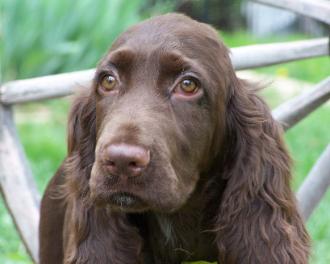
The Breed History
In the early years of spaniel breed development, the spaniels
were divided into water and land spaniels. The land spaniels were
generally called Field Spaniels in the 1800s, but in 1892 small
spaniels, now termed English Cocker Spaniels were officially split
into a new breed based on their lesser weight (< 25 lb). Originally,
breeders wished to develop a black spaniel breed. For a while
Field Spaniel breeding programs produced a dog of extremely
exaggerated type due to repeated outcrosses with Welsh Cocker
Spaniel, Basset Hound and Sussex Spaniels. This made them
unsuited in conformation for their work. By the 1940s the breed
was threatened by extinction. The Field Spaniel breed was recovered
by implementing selective breeding practices, and by out-crossing
to Cocker Spaniels and English Springer Spaniels. This restored
a functional breed type. Field Spaniels are smaller than English
Springer Spaniels.
Breeding for Function
Their primary purpose was as a bird dog, particularly for water and
heavy cover work. Dogs were selected for good endurance and for
tolerance of extreme temperatures.
Physical Characteristics
Height at Withers: female 17" (43 cm), male 18" (45.5 cm)
Weight: 35-50 lb (16-23 kg)
Coat: This single coated dog has colors of liver, black, or roan. The
base color may be combined with tan points. Small white chest
markings are allowed. The hair is long and lies flat, is straight to
slightly wavy, fine and glossy, with feathering as for the setter type.
Longevity: 10-12 years
Points of Conformation: These dogs possess good bone, moderate
size and muscling, and are a bit longer than tall. Dark brown to
dark hazel moderately deep-set almond shaped eyes are medium
in size. Palpebral margins and nose match in pigmentation. No
nictitans should be visible. Long, low-set pendulous ears are well
feathered, with moderate leather and the tips rounded. There is a
distinct occipital protuberance, the muzzle is strong and long, stop
is moderate, and the face is well chiseled under the eyes. The nose is
large, the nostrils, the lips close and clean, and the neck is long and
muscular with a slight arch. The topline is level. The thorax is deep,
the rib cage stays deep caudally and ribs are well sprung. There
is little abdominal tuck up, and the low set tail is usually docked.
Limbs are straight boned, feet are webbed, large, and round with
thick pads. No dewclaws. These dogs are smooth moving with a
long low gait and high head carriage.
Recognized Behavior Issues and Traits
Reported characteristics include: Gentle disposition, high activity
levels, need human companionship, independent streak, intelligent,
playful though reserved with strangers. Sensitive, friendly, need
to have a fence if off leash, high exercise needs, and need early
socialization to children. Grooming needs are minimal.
Normal Physiologic Variations
None reported
Drug Sensitivities
None reported
Inherited Diseases
Hip Dysplasia: Polygenically inherited trait causing degenerative
joint disease and hip arthritis. OFA reports 18.7% affected. Reported
at a frequency of 6.05% in the 2002-2003 Field Spaniel Health
Survey.
Patella Luxation: Polygenically inherited laxity of patellar
ligaments, causing luxation, lameness, and later degenerative joint
disease. Treat surgically if causing clinical signs. OFA reports 1.3%
affected.
Elbow Dysplasia: Polygenically inherited trait causing elbow
arthritis. OFA reports 0.6% affected.
Disease Predispositions
Retinal Dysplasia: Retinal folds, geographic, and generalized
retinal dysplasia with detachment are recognized in the breed. Can
cause retinal detachment and blindness. Reported in 8.75% of Field
Spaniels CERF examined by veterinary ophthalmologists between
2000-2005.
Hypothyroidism: Inherited autoimmune thyroiditis. 6.8% positive
for thyroid auto-antibodies based on testing at Michigan State
University. (Ave. for all breeds is 7.5%). Reported at a frequency of
8.97% in the 2002-2003 Field Spaniel Health Survey.
Persistent Pupillary Membranes: Strands of fetal remnant
connecting; iris to iris, cornea, lens, or involving sheets of tissue. The
later three forms can impair vision, and dogs affected with these
forms should not be bred. Identified in 6.69% of Field Spaniels CERF
examined by veterinary ophthalmologists between 2000-2005.
Distichiasis: Abnormally placed eyelashes that irritate the
cornea and conjunctiva. Can cause secondary corneal ulceration.
Identified in 5.15% of Field Spaniels CERF examined by veterinary
ophthalmologists between 2000-2005.
Allergic Dermatitis: Inhalant or food allergy. Presents with pruritis
and pyotraumatic dermatitis (hot spots). Reported at a frequency of
4.04% in the 2002-2003 Field Spaniel Health Survey.
Cataracts: Anterior cortex punctate, intermediate, and capsular
cataracts predominate in the breed. Identified in 3.26% of Field
Spaniels CERF examined by veterinary ophthalmologists between
2000-2005. Reported at a frequency of 2.47% in the 2002-2003
Field Spaniel Health Survey. CERF does not recommend breeding
any Field Spaniel with a cataract.
Idiopathic Epilepsy: Can present with grand-mal or focal seizures.
Appears later in the breed, usually between 5-9 years of age.
Control with anticonvulsant seizure medication. Unknown mode
of inheritance. Reported at a frequency of 1.12% in the 2002-2003
Field Spaniel Health Survey.
Progressive Retinal Atrophy, and Subaortic Stenosis are reported.
Isolated Case Studies
Renal Calculus: Report of a single case of a kidney stone in a Field
Spaniel.
Genetic Tests
Tests of Genotype: Direct test for black liver colors, and black or
brown nose are available from HealthGene and VetGen.
Tests of Phenotype: CHIC Certification: Required testing includes
CERF eye examination (at 2, 4, 6, and 8 years), hip radiograph, and
thyroid profile including autoantibodies (at 2 & 6 years) and elbow
radiographs. Optional recommended tests include patella examination
and cardiac evaluation. (See CHIC website; www.caninehealthinfo.org).
Miscellaneous
- Breed name synonyms: none
- Registries: AKC, UKC, CKC, KCGB (Kennel Club of Great Britain),
ANKC (Australian National Kennel Club), NKC (National Kennel Club)
- AKC rank (year 2008): 140 (117 dogs registered)
- Internet resources: Field Spaniel Society of America:
http://fieldspaniels.org/
Field Spaniel Society (UK): www.fieldspanielsociety.co.uk
Photo Gallery of Breed - Field Spaniel - Dog Breed
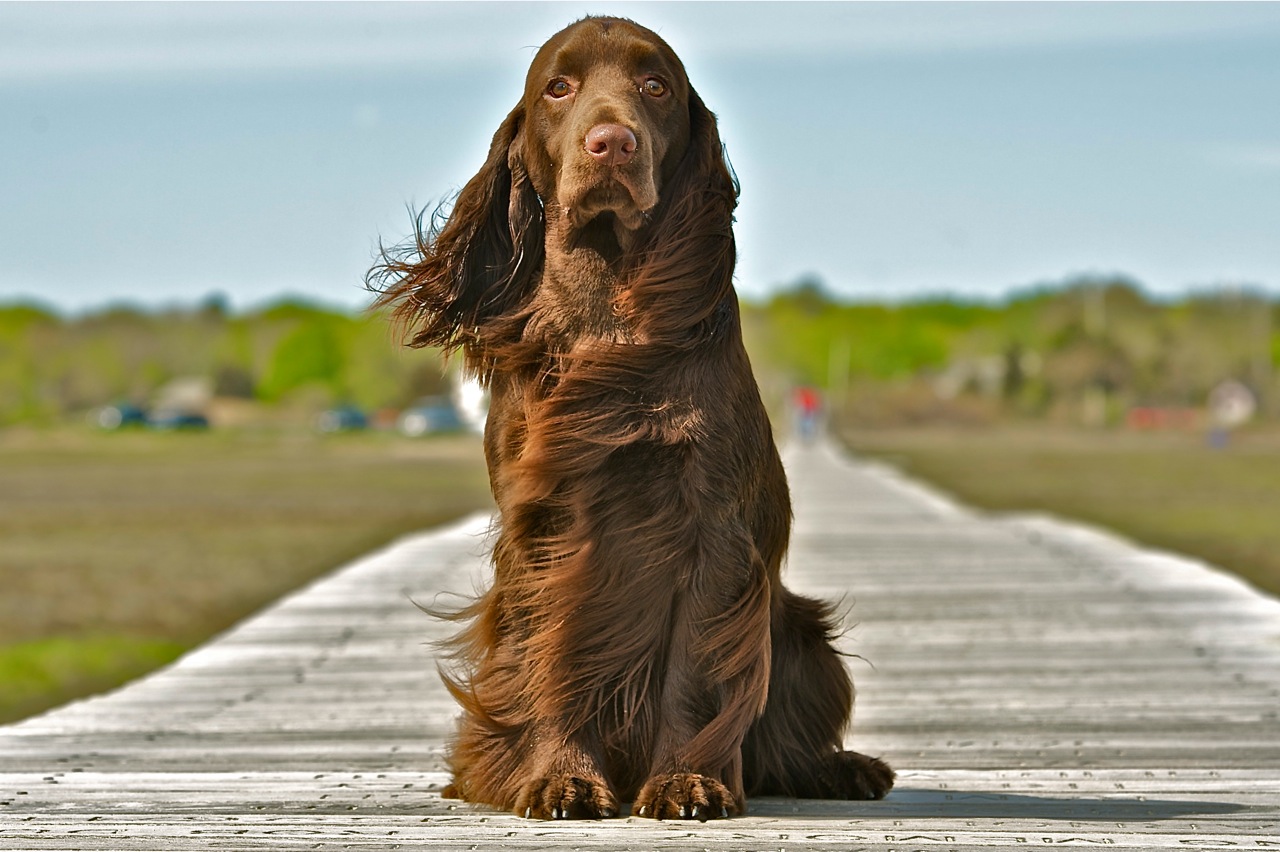
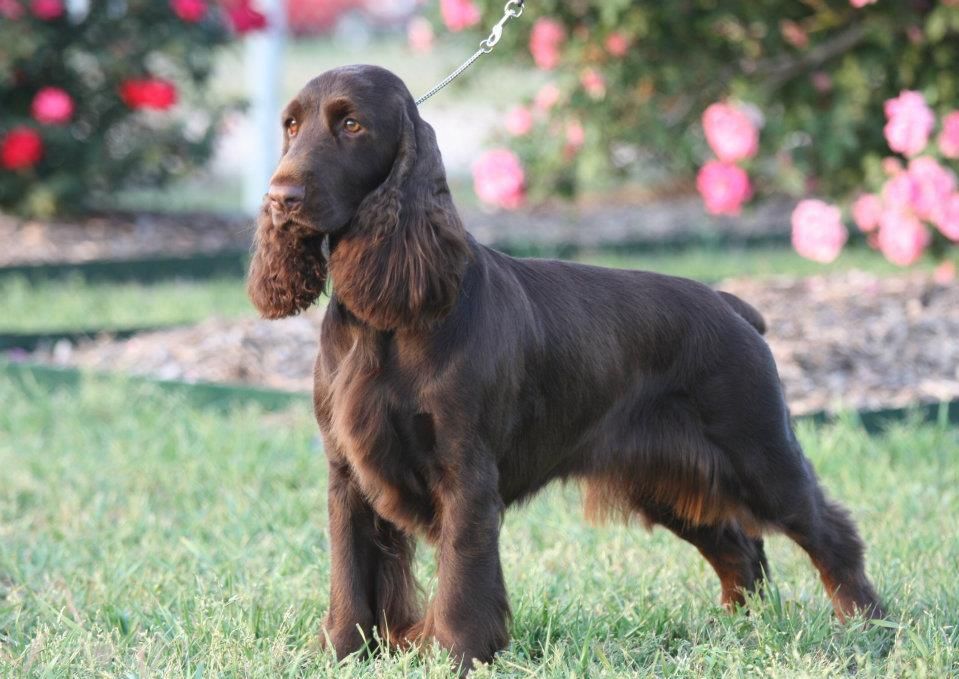
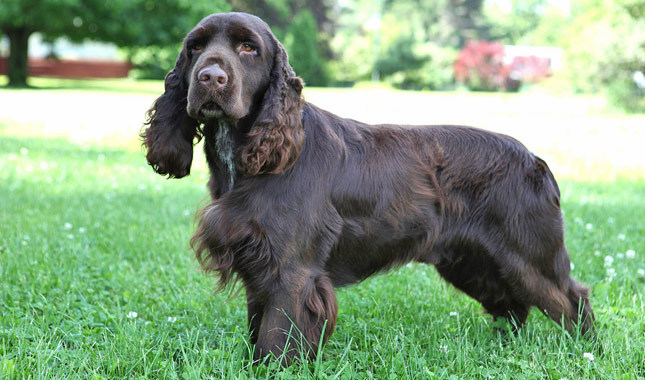
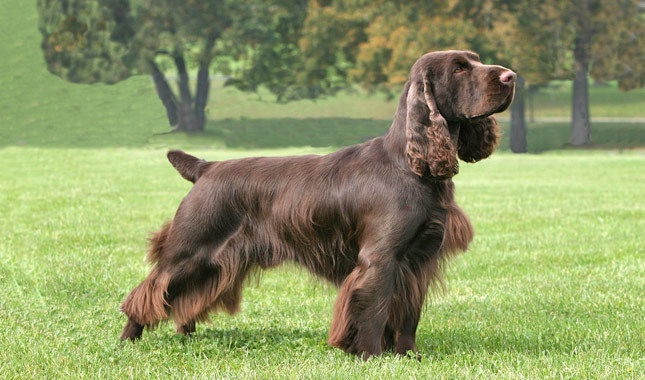

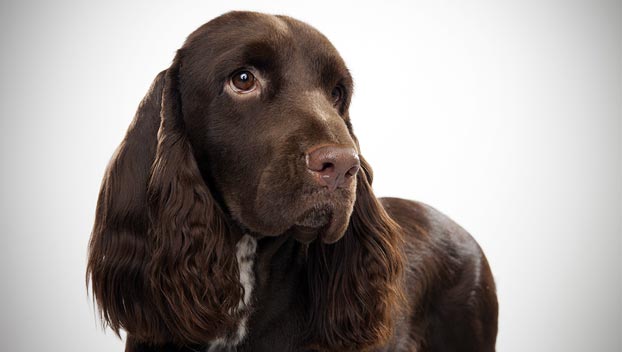


 Animalia Life
Animalia Life